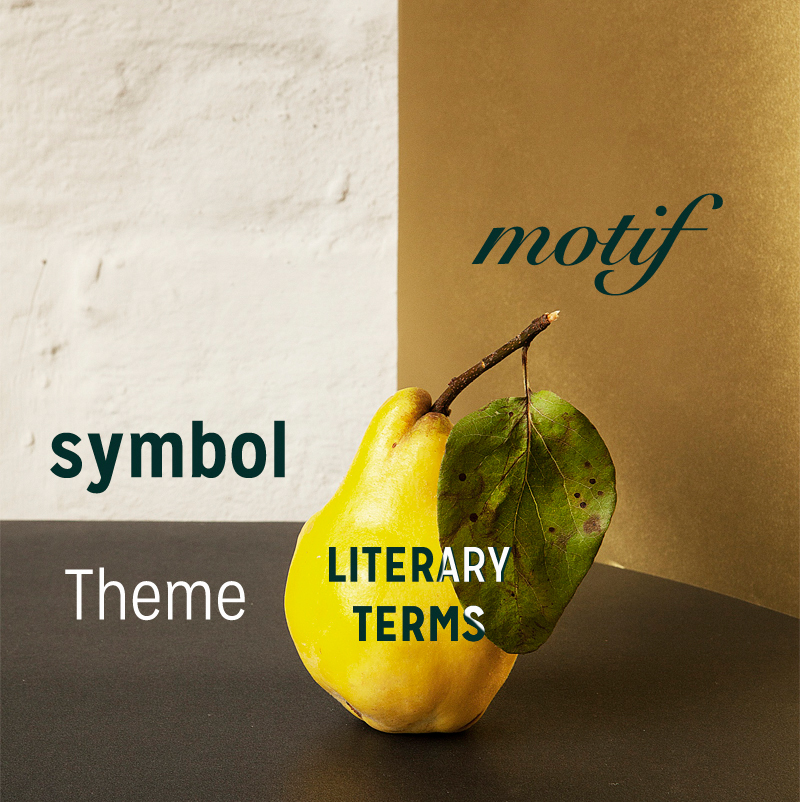

To get a better handle on the nature of magical realism, let’s consider its various characteristics, the techniques employed in writing it, and some rich examples that illustrate the magical realist at work.Īnd let’s also focus on this: How can magic be part of realism? Characteristics of magical realism If you are talking about interest among dominant (mainstream) American publishers, sure: They increasingly market magical realism, because they realize it sells.” On the other hand, according to Kate Bernheimer, novelist, short story writer, scholar of fairy tales, and editor, “I don’t think there is a growing interest in this form because I don’t think interest in this form has waned since storytelling began, whenever that was – we’ve had it at least since cave writing. Is there a growing interest in the form?īender, a novelist and short story writer, believes there is, but “it has been present and alive in international fiction always,” she says. But there are a number of magical realists from the past not mentioned here, and we continue to see works of magical realism today by such writers as Aimee Bender and Paul Yoon. Or perhaps American authors Toni Morrison and Alice Hoffman, British Indian novelist Salman Rushdie, or Japanese magical realist Haruki Murakami. When you think of magical realism, many think of Latin American writers like Gabriel García Márquez, Isabel Allende, and Jorge Luis Borges. Impressions of lived experience – that’s realism. “Try to be one of the people on whom nothing is lost,” James famously said, speaking of “impressions” as “experience.”

The writer who wants to represent this world must soak it all in and select details that represent it with verisimilitude, or accuracy of detail, a governing principle of realism.

Still, the gritty, or – as it’s sometimes called – “low-rent” fiction didn’t supplant the work of a New Yorker realist like John Updike, who typically reflects a world many readers take in during the ordinary course of their day in contemporary suburbia, the freeway, and the shopping mall. Gritty naturalism in the hands of Stephen Crane soon brought this down to the working class and to the seamy side, prefiguring the hard-boiled fiction almost a century later of Raymond Carver (with other precursors, of course, such as Flannery O’Connor). Under the aegis of William Dean Howells and Henry James, literary realism evoked the kind of life ordinary people lived, at first the middle or business class. Herman Melville, Edgar Allan Poe, and Nathaniel Hawthorne are the major literary exponents of American Romanticism, but as with any literary movement, it ran its course. Nineteenth-century realism was a revolt against romanticism, with its use of the supernatural and its unreal picture of life – after all, how many Ahabs are out there feverishly chasing whales, and how many Roderick Ushers are immured in darkened gothic castles, about to descend into a dark tarn? Magical realism – sounds a bit like an oxymoron, does it not?


 0 kommentar(er)
0 kommentar(er)
